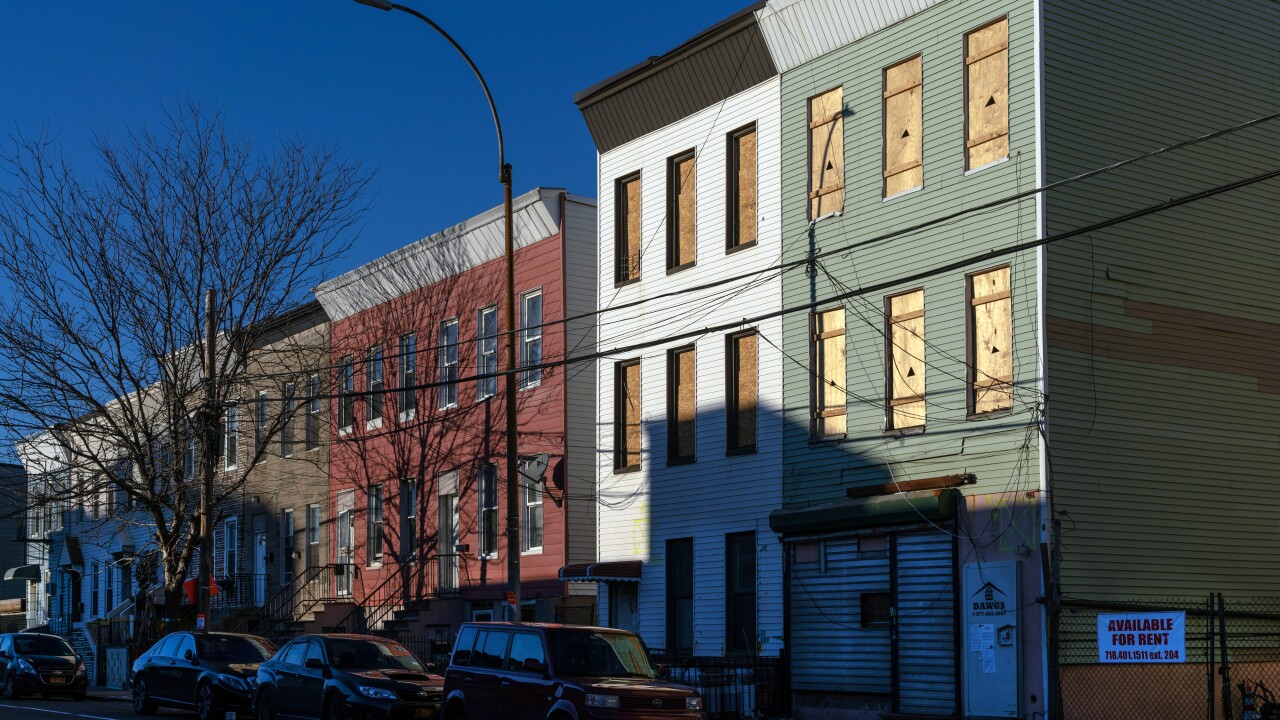PayPal's quarterly results put firm numbers on one of the most discussed business trends of the pandemic economy — the acceleration of digital payments.
The former eBay subsidiary's second-quarter performance broke multiple records — including new users, revenue and payment volume — as it welcomed many newcomers to the digital economy.
PayPal recorded its first-ever quarter reaching $5.26 billion in revenue; that was a 22% increase from the second quarter of 2019. Total payment volume rose 30% from a year earlier to $222 billion and topped its fourth quarter volume, which is traditionally its highest.
Keys to the company’s strong growth for the quarter were the influx of new users, new merchants, consumers who had never used e-commerce before and the general market shift of physical sales to a digital environment.
“I’m pleased to say that PayPal just had its strongest quarter since becoming an independent public company five years ago,” Dan Schulman, PayPal's president and CEO, said Wednesday during an earnings call. “Simply put, our business has never been more relevant and important than it is today. In the midst of the COVID pandemic, we have seen substantial macro changes that we believe will have a lasting and profoundly positive impact on our business. The world has accelerated from physical to digital across multiple industries, including retail.”

PayPal reported that merchants’ embrace of a digital-first strategy has been critical to fueling a rapid rise in digital payments.
The strength PayPal experienced in its business in April continued to gain momentum throughout the quarter. Transaction volumes grew by 26% to 3.7 billion from a year earlier. Schulman noted that its most recent quarter consistently rivaled the transaction volumes that PayPal normally experiences during the five-day period between Thanksgiving and Cyber Monday.
While the total payment volume set a record for the quarter, Schulman noted that the payment volume for June was the highest in a single month since PayPal’s separation from eBay in 2015.
PayPal added a record 21.3 million net new active customers in the quarter, "increasing nearly 140% year-over-year,” noted Schulman. “To put this into perspective, this quarter’s net new actives were greater than our total net new actives in 2016. Nearly 1.7 million merchants signed up for PayPal in Q2, and Honey net new actives were three times that of Q1.”

PayPal ended the second quarter with over 346 million active accounts and more than 26 million merchants. Given the company’s momentum, it expects to achieve a total of 70 million net new actives for 2020. Since PayPal has already achieved 41.5 million net new actives in the first half of 2020, the balance forecast is for an incremental 28.5 million net new accounts, or 14.25 million for each of the next two quarters — below the levels of the first two quarters of 2020, but above the 9 million to 10 million quarterly pace of 2019.
Executives said the San Jose, Calif., company enjoyed strong engagement from new users flocking to its platform, with particular emphasis on a group called “silver techs,” defined as consumers who had never used e-commerce before. While age was not mentioned in the description, it was inferred that the few remaining e-commerce holdouts are chiefly among older consumers.
PayPal’s Venmo platform processed approximately $37 billion in total payment volume for the second quarter, up 52% on a year-on-year basis. PayPal reported that Venmo achieved record net new active account users for the quarter. The active basis of Venmo users now exceeds 60 million.
Year-over-year revenue growth rates for Venmo rates during the first three weeks of July were up 60%. Executives declined to provide other revenue figures for Venmo. They pointed out that the Venmo credit card will be available by the end of the year. Additionally, Xoom, PayPal's cross-border remittance platform, saw 600% growth in net new actives compared to the first quarter of 2020.
In its
The company noted that it is pushing to accelerate contactless payments for in-store transactions, and one key enabler is its QR code functionality, which is available across 28 countries for small and micromerchants. PayPal is working with leading retailers in the U.S. and Europe to roll out its QR solution this quarter with expansion plans in 2020. For example, it is working with CVS Pharmacy to enable PayPal and Venmo QR codes for payment at CVS cash registers, and expects a national rollout to all 8,200 standalone CVS stores by year-end.
PayPal is significantly investing to accelerate its investment in all aspects of omnichannel commerce from point of sale to in-store pickup, order ahead, pay at table and home delivery.
“This is our time and we intend to seize the moment,” Schulman said. “Our products and services have never been more important and we are ready and well positioned to capture the opportunities that lie ahead of us."





